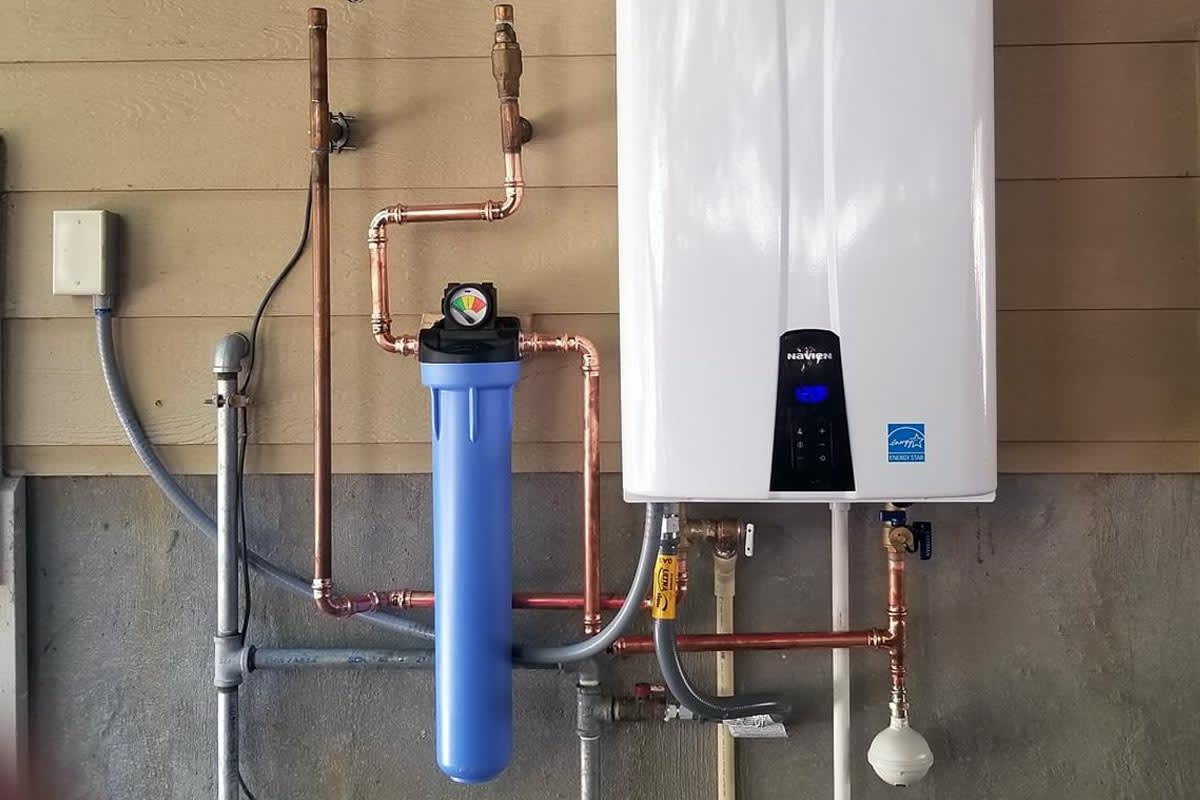Ensuring Durability of Your Home's Hot Water System: Maintenance Advice
Ensuring Durability of Your Home's Hot Water System: Maintenance Advice
Blog Article
What're your ideas about Water Heater Maintenance Tips You Can't Afford to Forget?

Hot water is important for everyday convenience, whether it's for a rejuvenating shower or washing dishes. To guarantee your hot water system runs successfully and lasts longer, normal maintenance is vital. This write-up supplies functional pointers and insights on how to keep your home's hot water system to stay clear of disruptions and costly fixings.
Introduction
Keeping your home's hot water system might appear overwhelming, however with a few easy actions, you can ensure it runs efficiently for several years ahead. This overview covers every little thing from understanding your hot water system to do it yourself upkeep suggestions and knowing when to call professional aid.
Value of Maintaining Your Warm Water System
Regular upkeep not only prolongs the life-span of your warm water system but also ensures it runs successfully. Ignoring upkeep can bring about lowered performance, higher power expenses, and also premature failing of the system.
Indications Your Hot Water System Demands Maintenance
Knowing when your hot water system requires interest can protect against major concerns. Look out for indicators such as irregular water temperature level, strange sounds from the heating system, or corroded water.
Flushing the Hot Water Heater
Flushing your hot water heater gets rid of debris buildup, improving effectiveness and prolonging its life.
Monitoring and Changing Anode Rods
Anode poles avoid deterioration inside the tank. Examining and replacing them when broken is essential.
Facility Concerns Calling For Professional Aid
Examples consist of significant leakages, electrical problems, or if your hot water heater is constantly underperforming.
Routine Expert Maintenance Conveniences
Expert upkeep can include complete examinations, tune-ups, and making sure conformity with security standards.
Checking and Changing Temperature Settings
Changing the temperature level settings ensures ideal performance and safety.
Do It Yourself Tips for Maintenance
You can do several upkeep tasks on your own to maintain your hot water system in leading problem.
Checking for Leakages
Routinely check pipes and connections for leaks, as these can bring about water damages and greater costs.
Recognizing Your Hot Water System
Prior to diving into upkeep jobs, it's helpful to understand the basic parts of your hot water system. Usually, this includes the water heater itself, pipes, anode poles, and temperature controls.
Monthly Maintenance Tasks
Regular monthly checks can help capture minor concerns before they rise.
Testing Stress Relief Valves
Examining the stress relief valve guarantees it works properly and stops excessive pressure accumulation.
Shielding Pipes
Shielding hot water pipes lowers warmth loss and can save power.
When to Call a Professional
While do it yourself upkeep is valuable, some issues call for expert competence.
Conclusion
Normal upkeep of your home's warm water system is essential for performance, longevity, and expense savings. By following these tips and understanding when to seek specialist help, you can make sure a reliable supply of warm water without unexpected disruptions.
How to Maintain an Instant Hot Water Heater
Before tinkering with your hot water heater, make sure that it’s not powered on. You also have to turn off the main circuit breaker and shut off the main gas line to prevent accidents. Also turn off the water valves connected to your unit to prevent water from flowing into and out of the appliance. 2. When you’re done, you have to detach the purge valves’ caps. These look like the letter “T†and are situated on either side of the water valves. Doing so will release any pressure that has accumulated inside the valves while at the same time avoid hot water from shooting out and burning your skin. 3. When the purge valves’ caps are removed, you have to connect your hosing lines to the valves. Your unit should have come with three hoses but if it didn’t, you can purchase these things from any hardware or home repair shops. You can also get them from retail stores that sell water heating systems. Read the user’s manual and follow it to complete this task properly. When the hosing lines are connected, open the purge port’s valves. 4. You should never use harsh chemical cleaners or solutions when cleaning your unit. Make use of white vinegar instead. It should be undiluted and you’ll probably use about 2 gallons. 5. Now flush your water heater. This task should probably take about 40 minutes. We can’t give you specific directions for this because the procedure is carried out depending on the type, model and brand of your heater. With that being said, refer to the user’s manual. 6. When you’re done draining the unit, you have to turn off the purge port valves again. Remove the hosing lines that you earlier installed on each of the water valves. Put the valve caps (purge port) back in their respective places and be very careful so as not to damage the rubber discs that are found inside these caps. 7. Now that everything’s back in place, check your user’s manual again to find out how to reactivate your water heating system. 8. Once it is working, turn one of your hot water faucets on just to let air pass through the heater’s water supply pipes. Leave the tap on until water flows smoothly out of it. https://www.orrplumbing.com/blog/2014/september/how-to-maintain-an-instant-hot-water-heater/

We hope you enjoyed reading our topic on Tips on Maintaining a Water Heater. Thank you for spending some time to read through our post. Sharing is nice. Helping people is fun. Many thanks for being here. Come back soon.
Visit Link Report this page